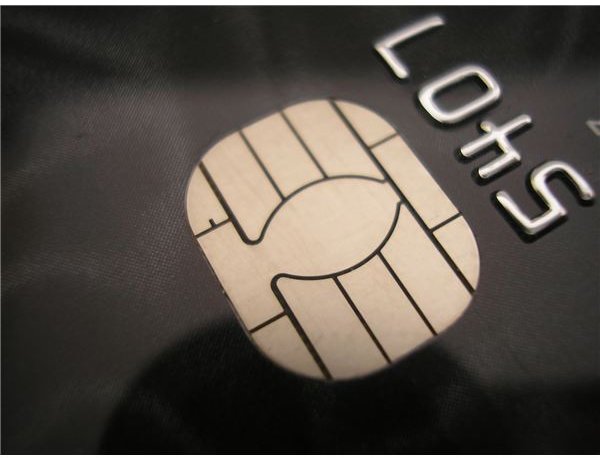Understanding the Types of Smart Cards - A Look at Contact Cards, Combination Cards, and Contactless Cards
A smart card is a type of card which has an integrated circuit chip (ICC) for reading and processing data. They can be used for specific types of identification, banking transactions, telephone prepayment cards, security authentication, credit cards, mass transit system access, and electronic toll collection and with GSM mobile phone devices.
When a smart card is used, identification can be confirmed through an entered password or by scanning it with a reader device. For a higher level of security, biometrics (which could be a finger, hand or eye retinal scan) can be used with the card.
Specific Types
The most popular types of smart cards include contact, contactless and combination cards. They vary in design and have multiple uses.
Many smart cards are considered straight memory cards since they can only store data that can be read. This type has no data processing capabilities. Most have a simple integrated circuit while others can have two chips. The other type is known as CPU/MPU microprocessor cards which are multifunctional with dynamic data processing capabilities. They are designed to allocate card memory into independent sections or files assigned to a specific function or application. A microprocessor or microcontroller chip manages memory allocation and file access (similar to a PC) with its own card operating system (COS).
Some types of smart cards can use encryption technology for security purposes and data protection. Eight bytes of data can be encrypted into the card. Many of these types of cards have a “crypto processor” that can create their own security keys that can be unlocked when used with a reader that will require its own key.
Contact Cards
Contact cards are identified by the gold colored contact plates that are located on the top of the card. They are used by inserting them into a device that has a specifically designed slot to read them. The plate generates the energy needed for the reader to identify it.
Contact cards are typically used in indoor office locations. They are the size of credit cards and used for network security, government/student identification and electronic cash.
.
Contactless Cards
Another type of smart card is the contactless card. Many of these are considered CPU/MPU microprocessor cards. Communication with a reader is achieved by radio frequency (RFID) with an embedded antenna that is used as an inductor to supply energy to the card. Contactless cards can also be straight memory cards that can only be used for reading information.
Contactless smart cards can be credit card or token sized. They are used for electronic passports, student identification, electronic toll collection, and vehicle parking and identification purposes.
Combination Cards
Combination cards can utilize contact/contactless technology in one card and can contain two different types of computer chips. This versatile combination allows the card to be used with different types of readers. They are also called vault cards.
Combination cards are used in mass transit, network security, and for vending purposes.
References
- Smart card image from http://www.sxc.hu/
